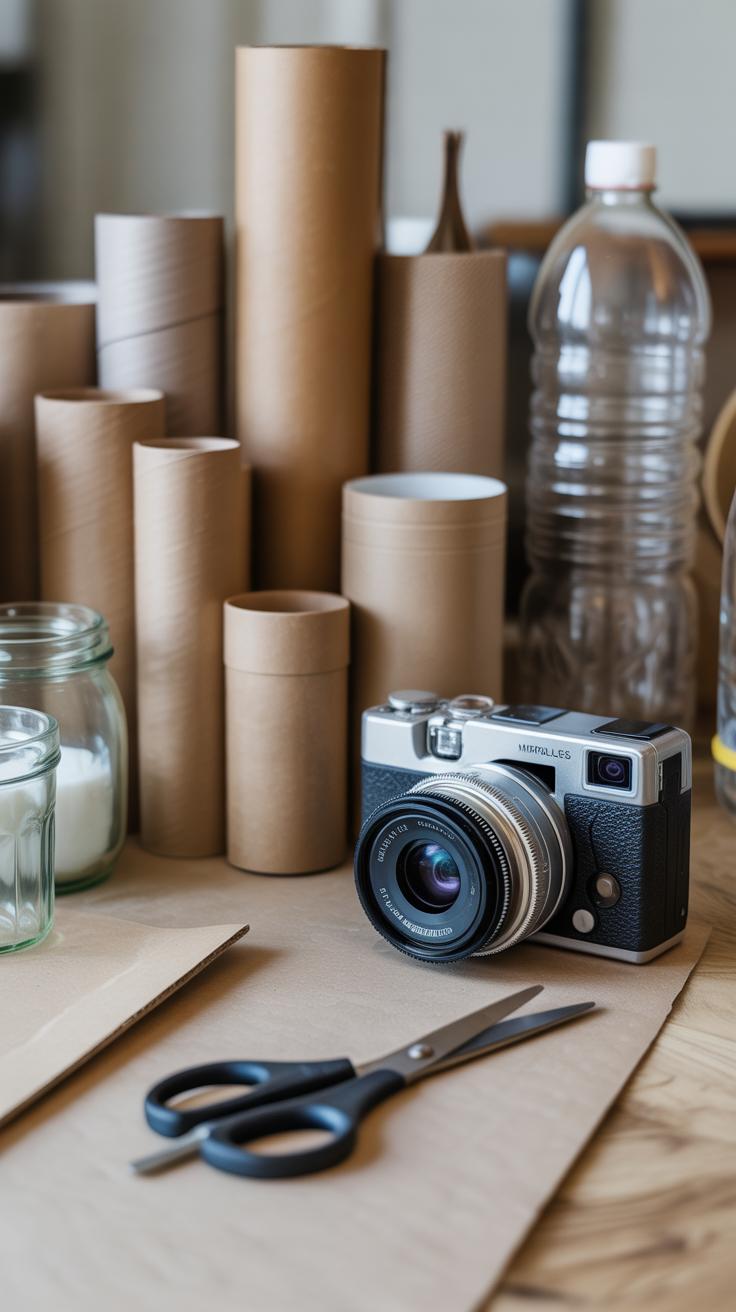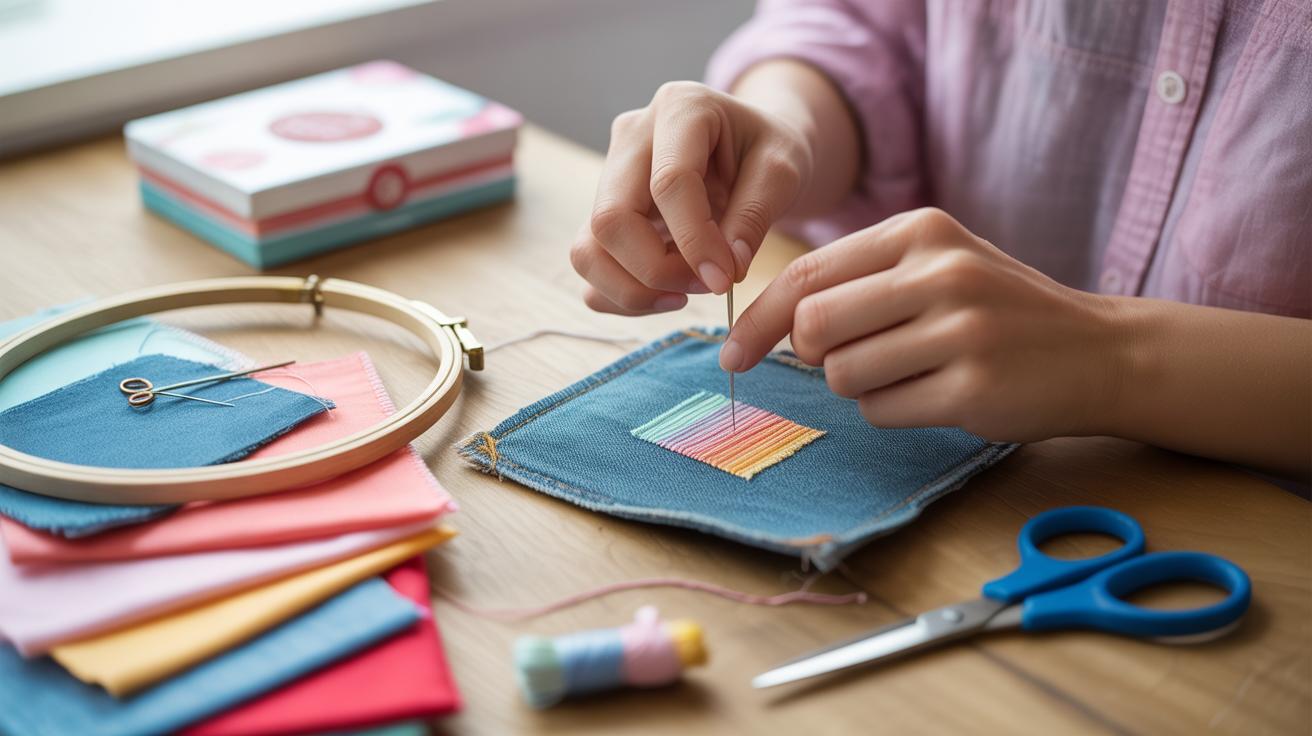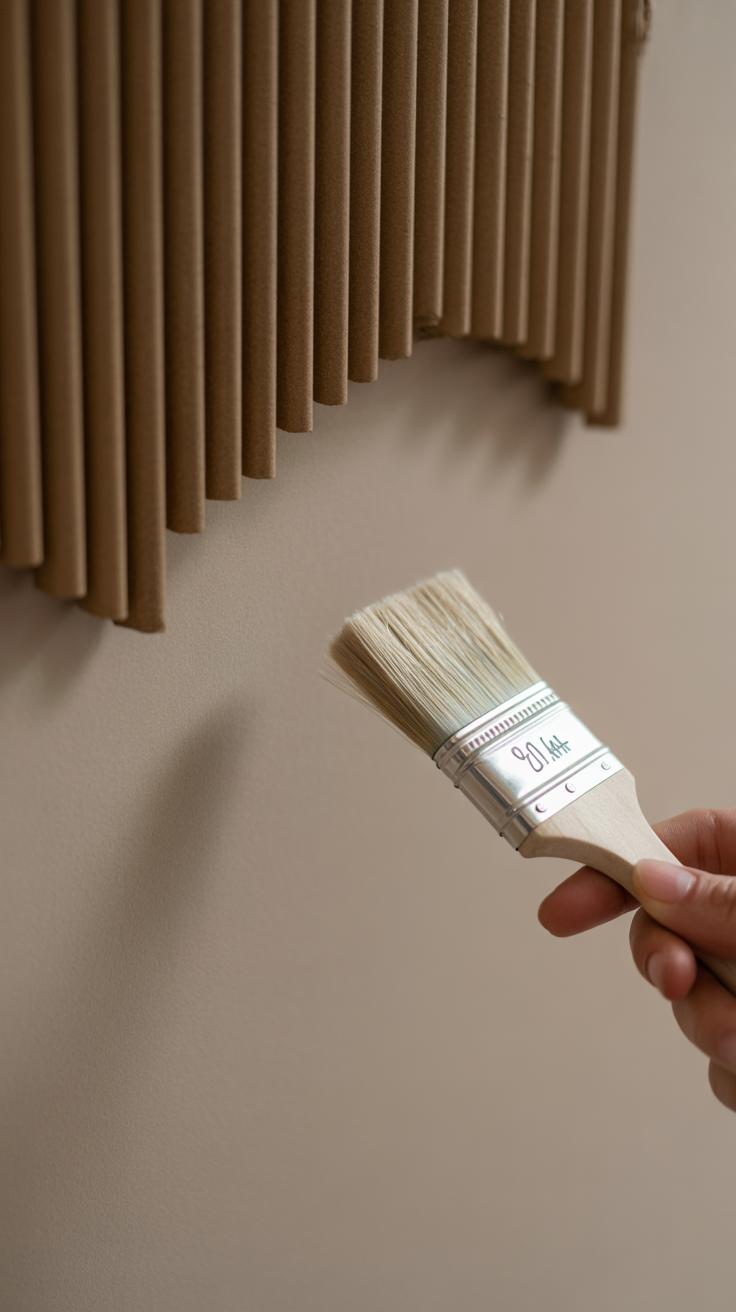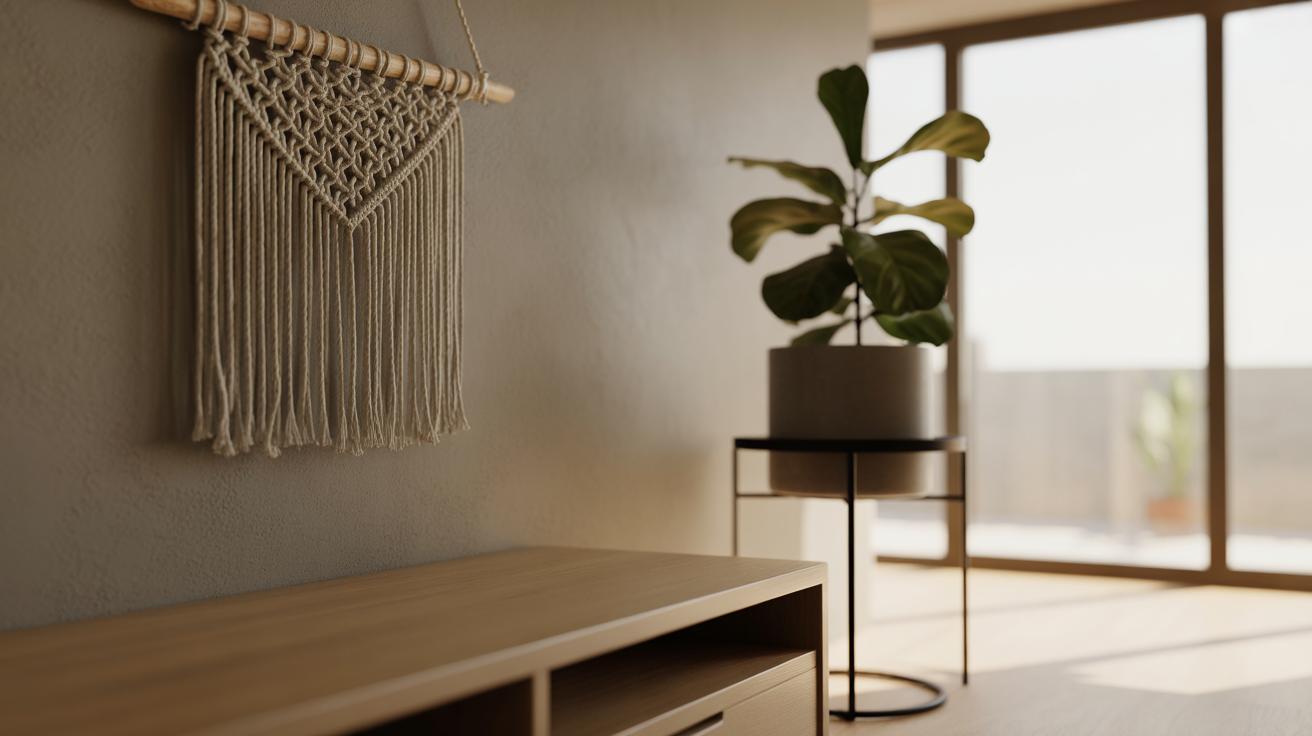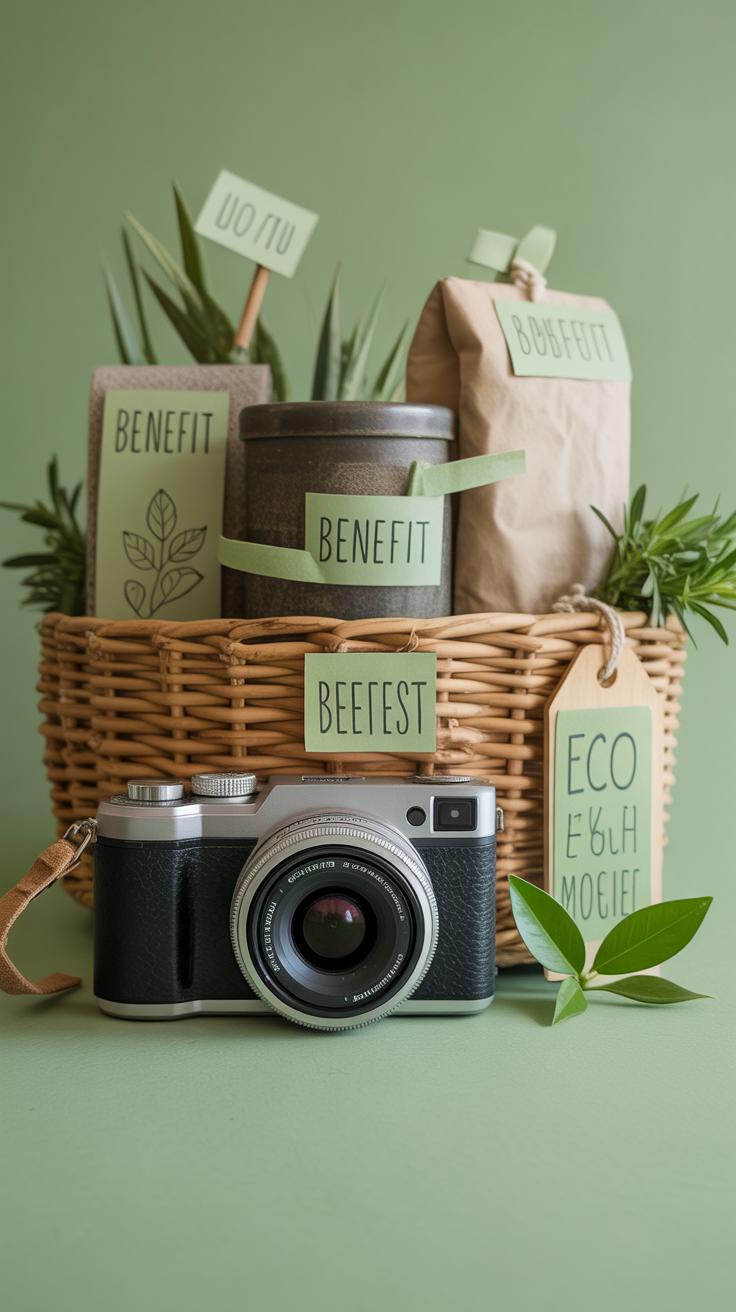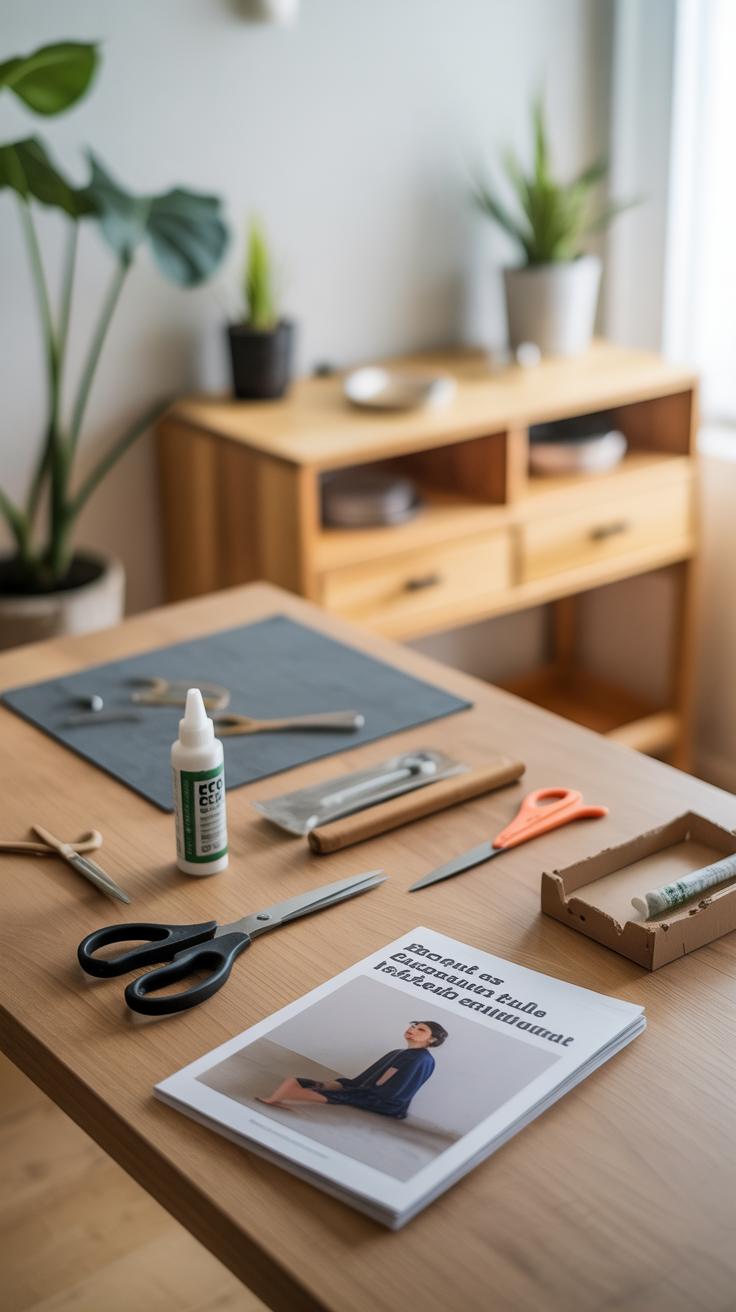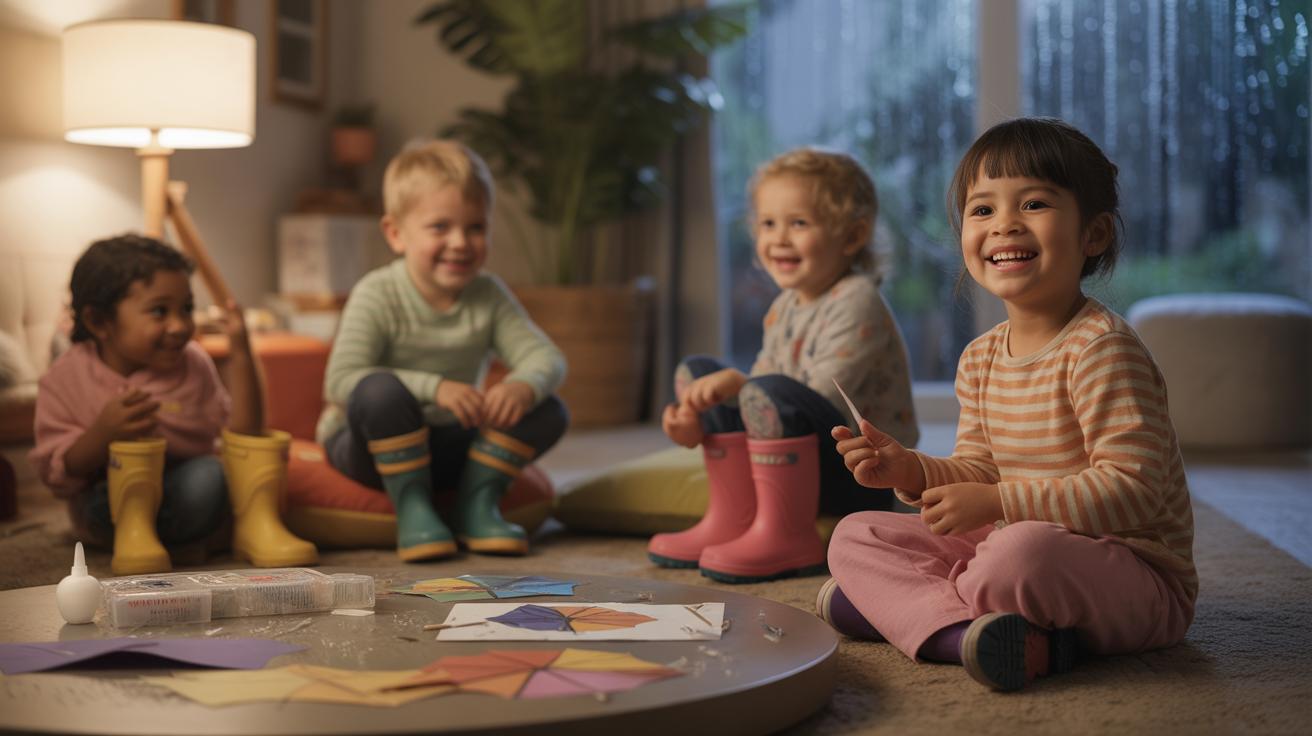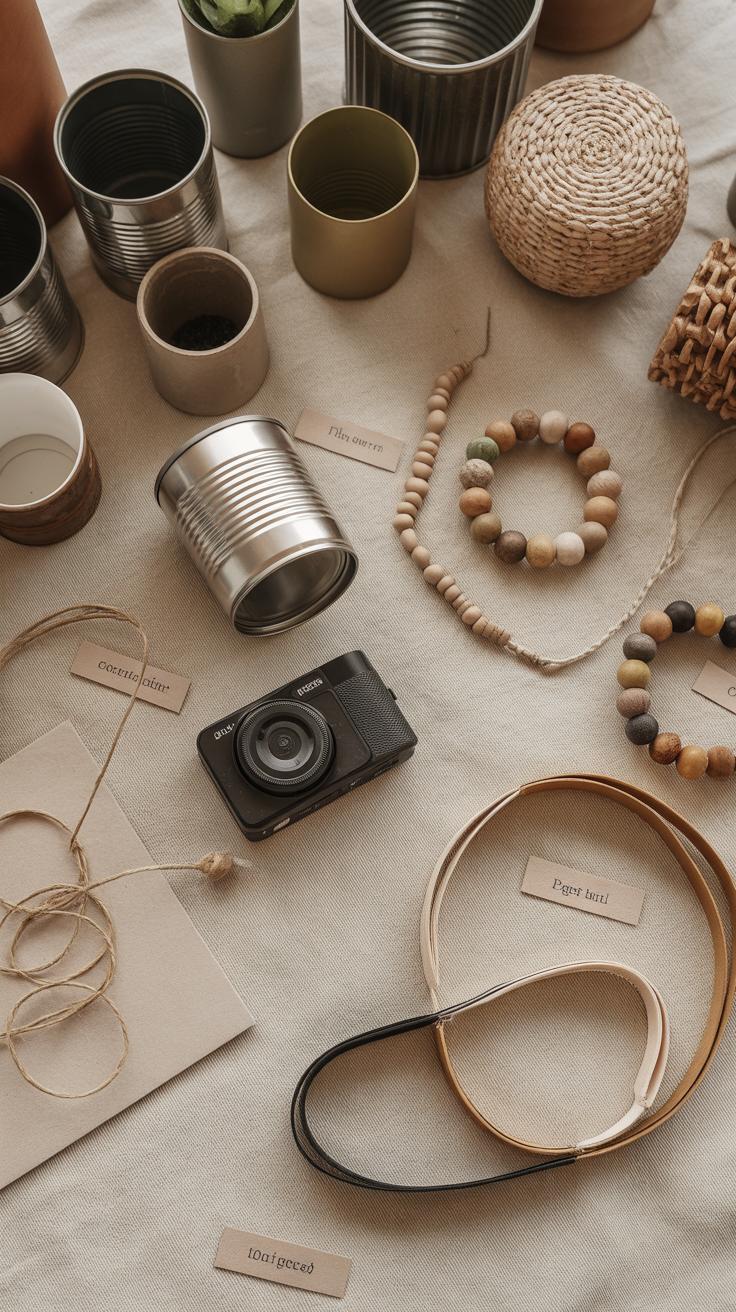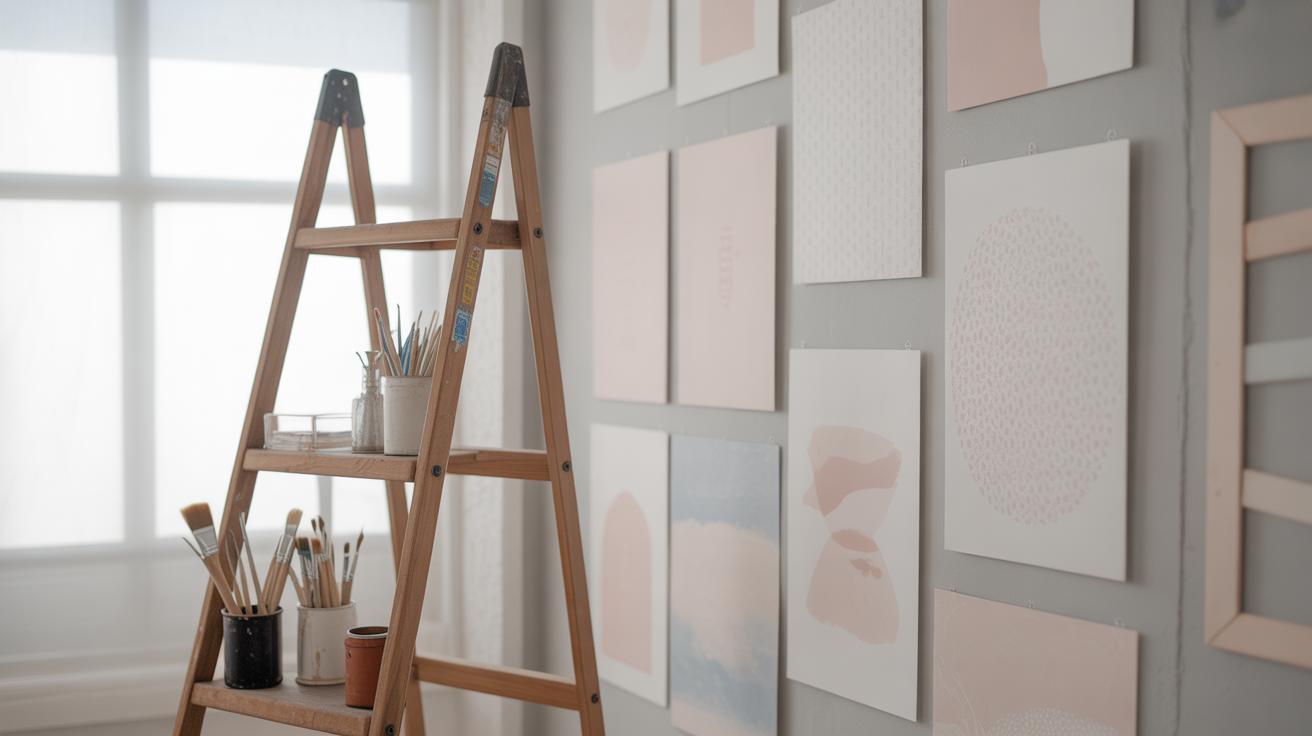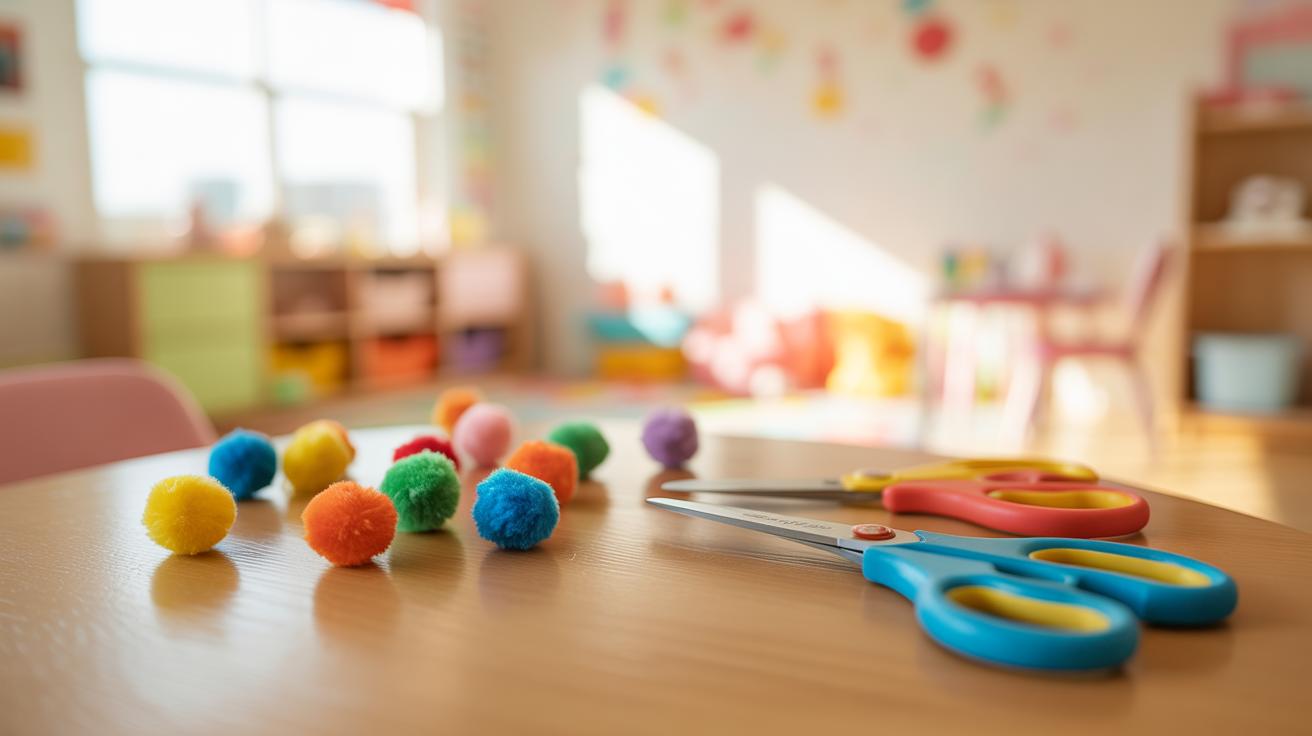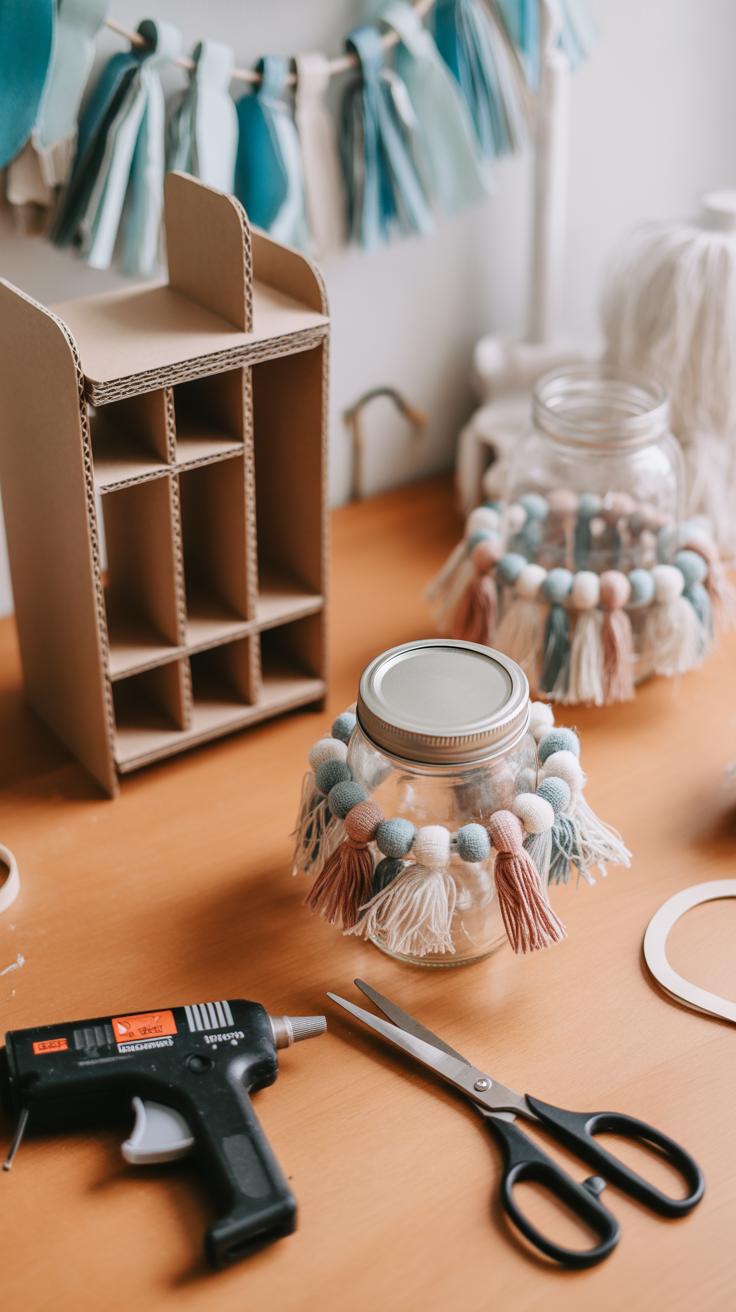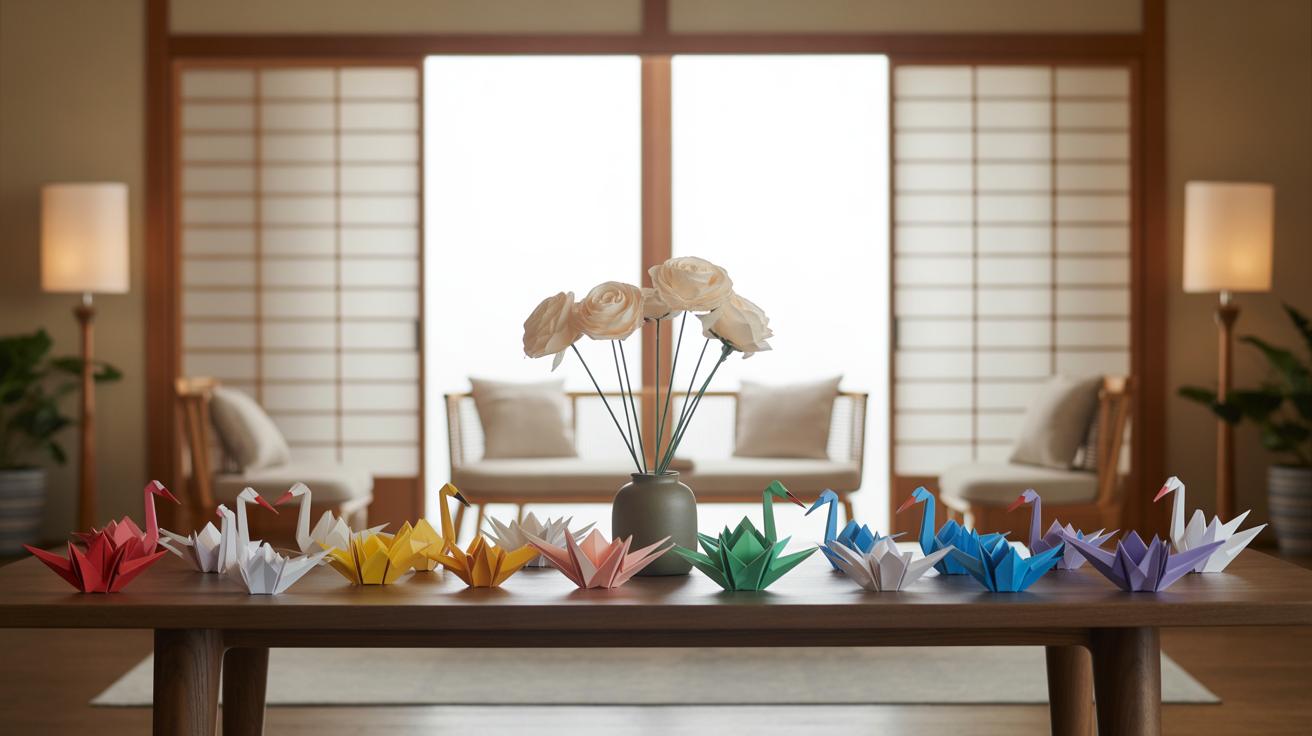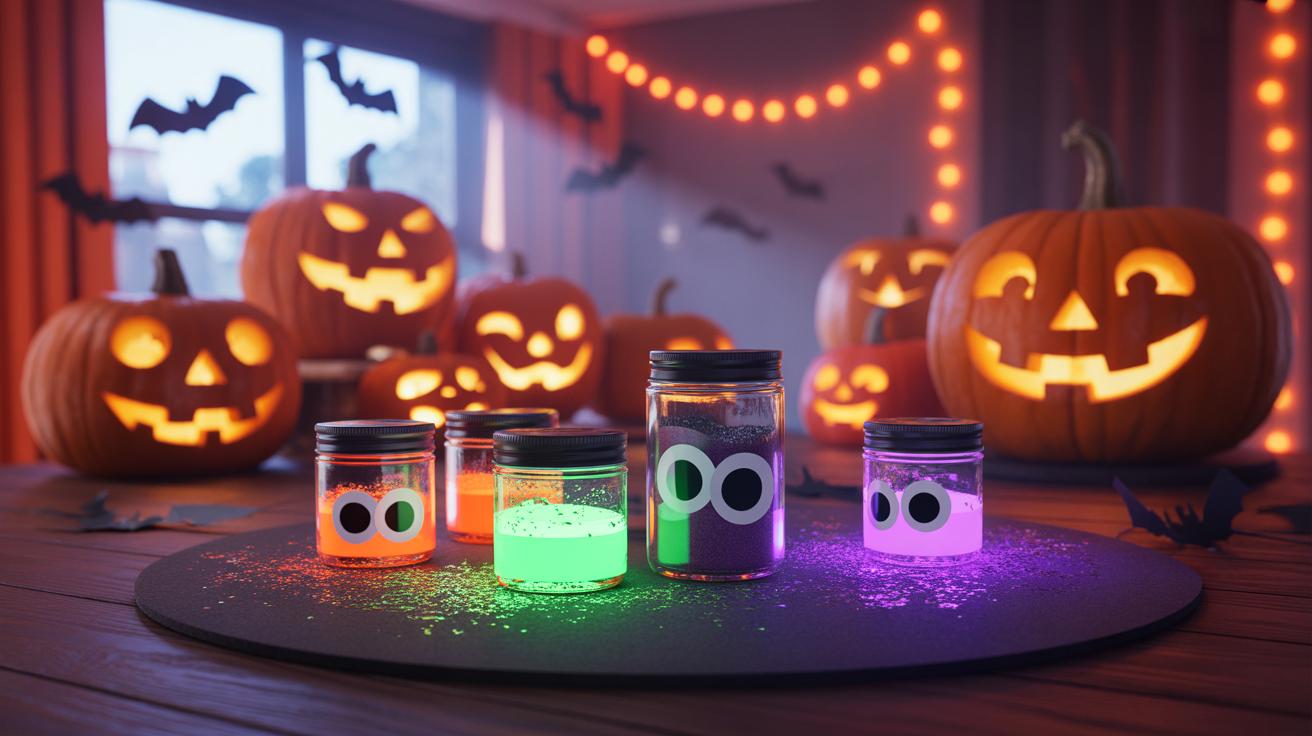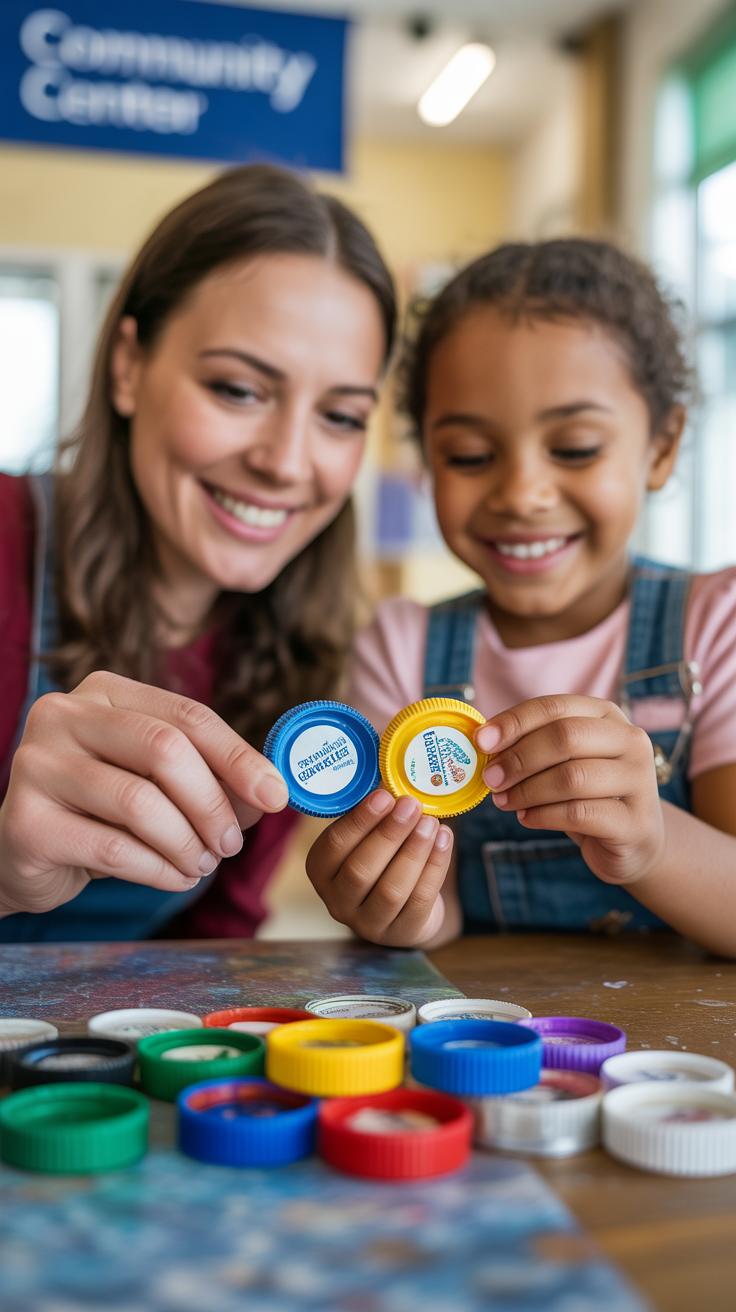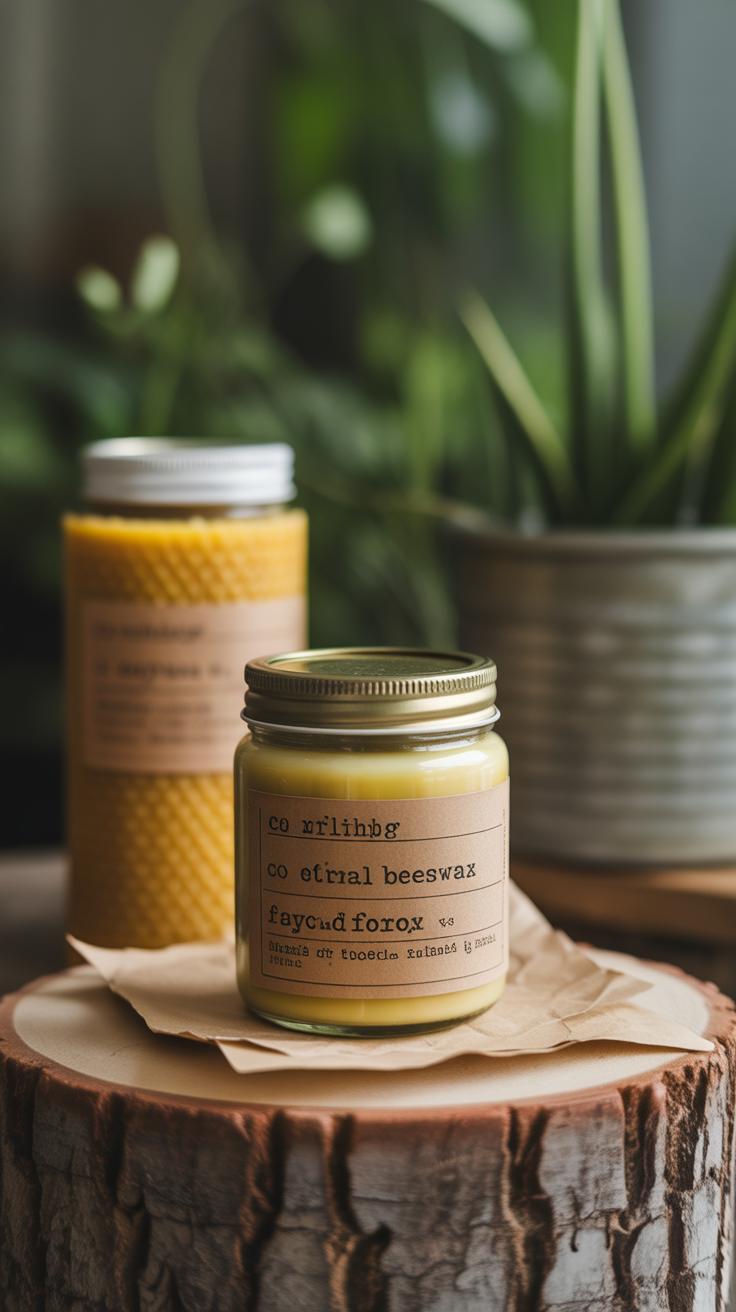
Recycled Crafts To Transform Trash Into Treasure
Introduction
Recycled crafts offer a way to turn waste materials into useful and decorative objects. This practice not only saves resources but also reduces pollution and landfill waste. By using common recyclable materials like paper, plastic, glass, and metal, you can create something new and valuable from what many consider trash.
This article explores recycled crafts in depth. You will learn the benefits they bring to the environment and your creativity. We will also guide you through practical ideas and steps for crafting with recycled materials at home. Whether you are a beginner or experienced crafter, recycled crafts can inspire you to see waste differently and contribute to a more sustainable world.
What Are Recycled Crafts
Recycled crafts are projects made by using old or discarded materials instead of new ones. Unlike regular crafts where you might buy fresh supplies like new paper, plastic, or fabric, recycled crafts start with items that might have been thrown away, like bottle caps, scraps of fabric, or newspaper. The idea is to give these materials a new life instead of letting them sit unused or end up as trash.
This process is sometimes called upcycling, which means you take something old or unwanted and turn it into something useful or beautiful. For example, turning an empty tin can into a pencil holder or repurposing broken jewelry into a unique decoration. It’s more than just recycling—it’s about being creative and finding ways to make things that matter without starting from scratch.
Recycled crafts challenge you to think differently about waste. Instead of seeing trash, you see treasure waiting to be made. It’s also a fun way to reduce the amount of stuff we throw away. And while it can sometimes feel tricky to use old bits and pieces, that’s part of what makes recycled crafting interesting. It teaches patience, resourcefulness, and how small changes can make a difference.
Projects of Recycled Crafts
Recycled crafts are projects where waste or old materials become new, creative items. Unlike regular crafts that often use fresh or purpose-bought supplies, recycled crafts focus on giving a second life to things you might otherwise toss out. Think of turning an empty can into a pencil holder or scraps of fabric into a patchwork bag. It’s less about starting fresh and more about reimagining what’s already around you.
This process often includes upcycling—a term you might have heard. Upcycling means taking something used or discarded and transforming it into something of higher artistic or practical value. It’s not just recycling, which breaks materials down to reuse raw components. Upcycling keeps the material mostly intact but changes its function or appearance, adding new worth.
Creative Reuse of Everyday Items
Almost anything can be a craft supply if you look closely. Paper scraps from old notebooks can become decorative garlands. Plastic bottles can be cut and painted to create flower pots or bird feeders. Tin cans, once clean, can be turned into candle holders or mini lanterns. Fabric scraps, leftovers from old clothes, are ideal for quilts, bookmarks, or fabric bowls. Glass jars? They’re perfect for storage containers or small planters.
What’s striking is that these items are common household waste, often overlooked. But they carry potential. When you start to see trash as craft resources, your mindset shifts. Suddenly, your trash bin looks more like a craft supply drawer.
Upcycling as a Crafting Technique
Upcycling is more than just recycling. Recycling involves breaking something down—like melting plastic or pulping paper—to make raw materials for new products. Upcycling skips that step. Instead, it retools the existing item, creatively changing its use or style. For example, turning an old ladder into a bookshelf or a wine cork into a bulletin board.
The benefits? Upcycling saves energy because it avoids processing raw materials again. It also sparks creativity by challenging you to think about how to extend a product’s life. Sometimes, the result becomes even more useful or beautiful than the original item. So, when you take on an upcycling project, you’re not just crafting—you’re adding value that didn’t exist before.
Benefits of Making Recycled Crafts
Environmental Savings from Recycled Crafts
Recycled crafts can gently nudge us into saving resources without much effort. When you reuse old materials, like glass jars or worn-out clothes, you lower the demand for new raw materials. This matters because extracting and processing those materials often consumes a lot of energy and water. Think about it: crafting a lamp from discarded wood avoids the need to cut down a new tree, which might not seem like much, but it adds up.
Also, making something new out of what could have been trash means less waste sent to landfills. Landfills fill up fast, and the waste there sometimes releases harmful gases or toxins. By diverting these items into crafts, you’re helping reduce pollution in subtle ways. It may sound small, but multiply that by many crafters, and the impact becomes clearer—less landfill, less pollution, and fewer new materials needing production.
Learning and Enjoyment in Crafting
Working with recycled materials often forces you to get creative, which honestly can be both frustrating and fun. You learn to look at something ordinary, or even ugly, and imagine what it could become. This shift in perspective builds problem-solving skills—you figure out how to transform that old bottle or scrap fabric into something useful or beautiful.
Many find recycled crafts to be enjoyable and relaxing, a break from screens or routine tasks. Plus, these projects suit nearly all ages, so it’s easy to bring family or friends into the process. Learning new techniques, trying out different materials—it’s like a hands-on lesson without the pressure. And there’s some satisfaction, maybe almost a little pride, in knowing you made something meaningful from what others discarded.
Getting Started with Recycled Crafts
Collecting and Preparing Materials
Before you dive into crafting, take a moment to gather materials from around your home. Look for things like old newspapers, empty jars, cardboard, fabric scraps, or even bottle caps. You might be surprised how much potential stuff you toss out daily. It’s best to choose items that are clean or can be cleaned easily—soaking and rinsing can go a long way, especially with containers or plastics. Sometimes I’ve found it tricky to decide if something is clean enough, but a quick scrub usually solves that.
After collection, prepare your materials carefully. For example, paper needs to be flattened and dried, cardboard cut into manageable pieces, and fabrics ironed to smooth out wrinkles. Cutting might feel tedious at first, but having the pieces ready will save time later. A small pile of prepped bits creates a nice base when you’re ready to start crafting.
Tools and Supplies for Beginners
You don’t need a full workshop to begin. Basic tools cover most recycled crafts: scissors, glue (both craft glue and a hot glue gun if you’re comfortable), tape, and a cutting mat or surface. A ruler and pencil come in handy for precision. I personally underestimated how often I’d use just a simple pair of scissors and some glue sticks. Over time, you might add items like paint, brushes, or needle and thread depending on projects you choose to explore.
When using tools, take your time, especially with sharp objects. It’s easy to get frustrated or rush, but slow and steady usually produces better results. Have you tried starting with something small like a decorated jar or a simple paper greeting card? Those are good ways to experiment without feeling overwhelmed. Start with what’s familiar and expand as you feel more confident.
Popular Types of Recycled Crafts
Recycled crafts come in many shapes, each offering a unique way to turn what you might toss into something useful or decorative. The most popular types tend to be paper and cardboard creations, bottle and jar crafts, fabric repurposing, and metal crafts. Each has its own charm and challenges—sometimes you start a project thinking it’ll be quick and end up hooked for hours.
Paper and Cardboard Creations
Working with recycled paper or cardboard is surprisingly versatile. You can make simple greeting cards, which add a personal touch to any occasion. Or try your hand at decorative boxes—easy to customize and handy for storage. Paper beads are another fun idea; they can turn scrap paper into necklaces or bracelets. To start, gather scraps like old magazines, cereal boxes, or leftover wrapping paper. Cut, roll, and glue pieces together. You don’t need fancy tools, just scissors, glue, and patience. Sometimes you think it’s fiddly, but there’s a rhythm to it.
Bottle and Jar Crafts
Glass or plastic bottles and jars become surprisingly practical craft materials. They make great vases—cut a bottle down or decorate a jar with paint or twine. Organizers are popular, too; think pen holders or kitchen utensil caddies made by repurposing containers. Lamps are a bit more involved but eye-catching, where you combine a glass jar with a string of lights or a small bulb socket. Starting is easy: clean the bottles, remove labels, then decide if you want to paint or just add embellishments. It might get messy, but I found that an afternoon with bottles and a hot glue gun passed by quick enough.
Techniques to Improve Your Recycled Crafting
When working with recycled materials, it’s easy to get caught up in just assembling things quickly. But if you take a bit of extra care with certain techniques, your crafts can look more polished and last longer. For example, painting isn’t just about slapping color on; prepping the surface matters. Sanding rough edges or wiping down plastics before you paint helps the color stick better. Sometimes, layering paint in thin coats works better than one thick layer—though, I’ve tried both ways and found that thin coats usually avoid that annoying peeling later on.
Gluing can be tricky, too, since materials like metal, fabric, and paper all behave differently. I’ve learned staples and tape sometimes work better with certain items, especially if glue takes forever to dry or doesn’t hold well. Sewing parts, even if it’s just a simple running stitch, adds strength—you don’t always need a machine. Combining materials lets you play around with texture, but it requires finding the right joining method for each piece. Mixing fabric sewn onto cardboard, for instance, might need glue plus stitching to stay together.
Decorating recycled projects opens a lot of possibilities. Paint remains a favorite, but adding fabric scraps or buttons can give a piece character. Think about layering instead of just one flat finish. A bit of glue and some fabric bits can change the whole vibe. Sometimes I get carried away adding small details—and they make the craft feel personal, even if it’s minor. What would happen if you tried unexpected materials, like wrapping wire or applying wax? Trying new decorations can make a difference you didn’t expect.
Projects to Try at Home
You might wonder where to begin with recycled crafts, especially if you’re new to this whole thing or crafting with kids. The good news is, simple projects can turn everyday waste into something both fun and useful. I’ve found that starting small helps—little wins keep motivation up.
Try making folded paper bookmarks from old magazines or scrap paper. Just cut strips about two inches wide and fold them into simple shapes—you don’t have to get complicated. Kids enjoy decorating them further with markers or stickers. It’s a quick project and something you probably didn’t think you could reuse before.
Paper flowers are another option. Use torn or cut paper from old notebooks or wrapping paper. Roll and twist strips into petals, then glue them together. It’s oddly satisfying. They don’t wilt, and they brighten up a desk or windowsill.
Collages offer freedom. Gather scraps—single-use packaging, flyers, even parts of broken greeting cards—and create a new image or pattern. It’s like visual storytelling with trash. Don’t worry about perfection, just play.
Plastic bottles work well too. For a bird feeder, cut openings on the sides of a cleaned bottle, poke holes for hanging, and fill it with seeds. The birds seem to appreciate it—at least, that’s what I tell myself while watching from the window.
A pencil holder is simple: cut a bottle in half, decorate it with paint or fabric scraps, and voilà—desk organization without buying new stuff. It’s amazing how a little color changes how you feel about ordinary plastic.
If you want something a bit more decorative, try a bottle lantern. Cut designs into the sides, place a LED tealight inside, and enjoy the patterns cast on your walls. It’s low-tech but atmospheric, and you’ll likely surprise yourself with how cozy it feels.
Have you ever tried these or similar projects? If not, they’re worth a go, even just to see what you can make from what you thought was useless. Sometimes the best crafting moments come from these constraints.
How to Involve Your Family and Community
Crafting as a Family Activity
Working on recycled crafts with your family can be more than just a way to pass the time. It’s a chance to show kids firsthand what recycling means beyond the bin. When you build something tangible together, like a bird feeder from old bottles or a pencil holder from tin cans, the lesson sticks better. Kids tend to soak up the whole idea of reusing in ways they wouldn’t with lectures alone. Plus, the occasional mess and laughter make the process memorable—though you might wish you had covered the table better! It’s not always perfect, but those imperfect moments often teach creativity and flexibility just as much as the craft itself. Would it be too much to say even adults learn something new?
Community Recycling and Craft Events
Getting involved with local groups interested in recycled crafts can open many doors. If there isn’t one nearby, maybe try organizing a small event yourself—start simple, like a swap meet or a weekend workshop. These gatherings can be great places to exchange ideas, share leftover materials, or spark new projects. At these events, you don’t just craft—you spread awareness and maybe even inspire others who were hesitant before. Think about partnering with schools or libraries; they often welcome hands-on activities. Hosting a recycling drive alongside a crafting event could work well, too, combining cleanup with creativity. The real benefit, though, is seeing how each person’s small effort adds up in a way you might not totally predict.
Keeping Your Recycled Crafts Sustainable
Choosing Non-Toxic and Safe Materials
When you gather materials for recycled crafts, think beyond just what’s available or cheap. Some items look harmless but contain chemicals that could affect your health or the environment. For example, certain plastics release fumes when cut or glued. Paper can be coated with inks or plastics that might not break down easily.
Try to pick materials labeled as non-toxic or safe for children, even if you’re not crafting with kids. Natural fibers like cotton, jute, or untreated wood tend to be safer and biodegrade better. If you’re using paints or adhesives, water-based options usually have fewer harmful chemicals than solvent-based ones. It isn’t always obvious upfront, so it helps to read labels carefully.
Also, think about where your materials come from. If you can, choose items that were already discarded but not chemically treated. That way, you avoid introducing nasty substances into your home or local environment. It’s a bit more work, but knowing what you’re working with changes how you craft—and sometimes, you notice new textures or qualities you hadn’t considered before.
Caring for Your Crafts
Once your recycled creation is complete, how you care for it determines how long it lasts—and that, in turn, impacts overall waste. Simple routines like gentle cleaning or avoiding harsh sunlight can keep materials from breaking down too fast. For example, a recycled fabric bag that’s machine-washed too often might fall apart sooner.
Think about how your craft might be reused. Could a decorated jar serve as a vase today and a pencil holder tomorrow? Or could a upcycled wooden frame be refreshed with a new coat of paint instead of tossed? These small decisions extend the life of your craft, avoiding the cycle of throwing away and remaking.
Sometimes, fixing a flaw—like re-gluing a loose piece—is easier than you’d expect. Learning these little repairs feels rewarding and encourages you to keep crafts around longer, instead of discarding them for something new. Isn’t that what recycling should be about—the journey, not just the result?
Conclusions
Recycled crafts help you reduce waste and protect the environment. They provide a practical way to reuse materials that might otherwise be thrown away. Creating crafts from recycled items is rewarding because it lets you make unique, functional, or artistic pieces. It also saves money and reduces the need for raw materials.
As you explore recycled crafts, you will find many ideas and techniques to try. Each project teaches you new skills and a fresh way to look at everyday materials. By choosing to recycle creatively, you play a part in lessening pollution and conserving resources. Remember, your simple actions can have a positive impact on the planet.

